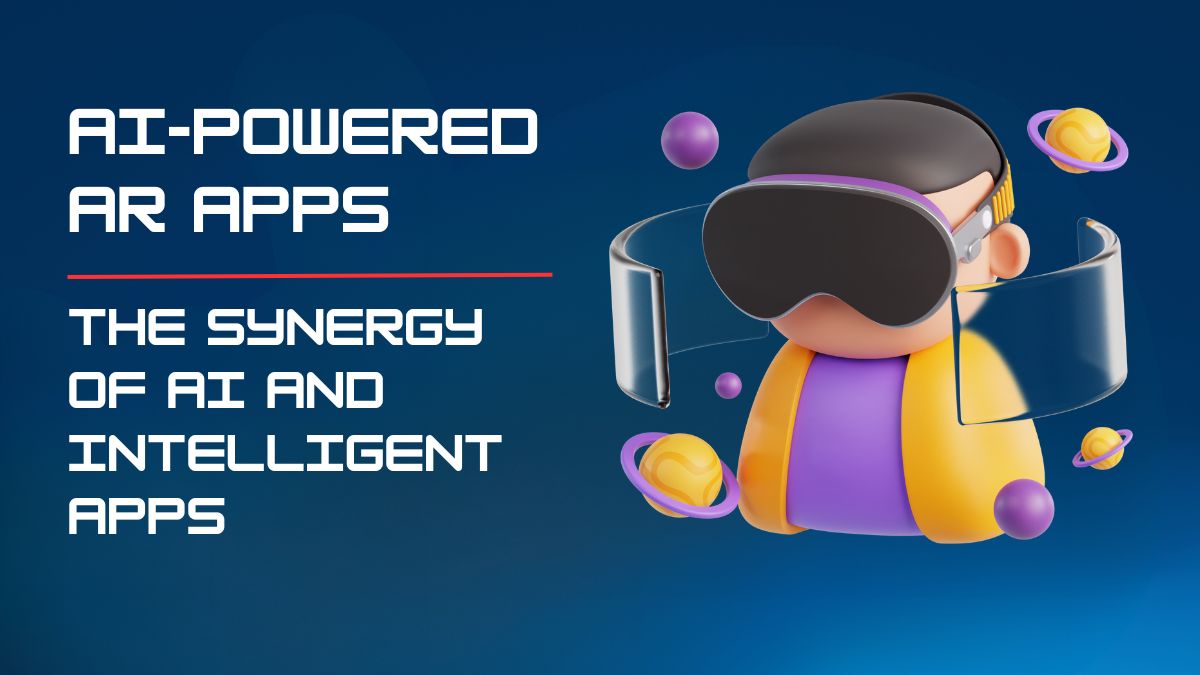AI is at the forefront of developing intelligent systems that think, learn, and act independently. Conversely, augmented reality (AR) enables users to superimpose digital content in the real world. These cutting-edge technologies, such as AI and AR, aim to produce more immersive and interactive experiences. For instance, an AI-powered virtual assistant can offer helpful information and advice in an AR setting. Similarly, AI-generated data and visualizations can be displayed using augmented reality (AR), increasing human interactions with digital information in the real world.
While AI and AR can combine to produce immersive experiences, their functions differ. While the main goals of AR are to improve how we interact with the world by fusing digital aspects with the real world, the main goals of AI are to automate chores and improve processes.
The Current State: SDK (Software Development Kit) and API (Application Programming Interface)
The SDK (Software Development Kit) and API (Application Programming Interface) landscape for AR and AI is expanding quickly, increasing business potential. Let’s examine a few notable examples:
Vuforia: The excellent Augmented Reality SDK Vuforia enables app developers to create fascinating AR experiences specifically for mobile devices. Its adaptability to IOS and Android platforms allows marketers to develop apps with less technical and economic risks.
ARCore: ARCore is a proprietary AR SDK created by Google that simplifies bringing AR applications to mobile devices. Developers may create immersive AR experiences effortlessly connected with mobile technology thanks to ARCore’s support for IOS devices.
Core ML: Core ML provides a strong machine-learning framework across all Apple devices. This API enables real-time predictions of live images on your device, with its main advantages being low latency and almost instantly available results. Additionally, Core ML can function without network connectivity thanks to its offline features.
TensorFlow Lite: TensorFlow Lite is an open-source deep learning framework designed specifically for inference on mobile devices. Developers now have more freedom to use their models and to tailor AI-powered apps for mobile platforms, thanks to TensorFlow Lite.
AR and AI
AR and AI have a wide range of uses, including:
Personal Assistants: In an AR environment, AI-powered virtual assistants can provide users with useful information and support.
Data Visualization: AR offers a more entertaining and dynamic approach to understanding difficult material by presenting data and graphics from AI-powered algorithms.
Object Recognition: AI enables AR applications to identify and follow real-world objects, resulting in contextually relevant and engaging experiences.
Natural Language Processing (NLP): Artificial intelligence (AI) allows AR apps to comprehend and react to voice commands, enabling more natural interactions with digital content.
Predictive modeling: AR applications can adapt and react in real time because AI can forecast events that will occur in the actual world.
Also Read: 10+ Top-Notch AI Personal Assistant Apps For Android Phones
Improving Classroom Education with AR and AI
The application of AI and AR in education has significant positive effects. Students can interact with virtual models and simulations in real time and better comprehend intricate ideas and theories. For instance, while history students might experience virtual reenactments of major historical events, biology students can examine cellular structures or protein configurations.
Healthcare using AI and AR
Through the use of AI and AR technology, the healthcare sector can enhance patient care and treatment results. Real-time visualization and analysis of medical scans and photos by doctors using augmented reality can lead to more accurate diagnoses and treatment regimens. AR can also help during operations by giving medical staff real-time direction and information.
Shopping and Retail using AR and AI.
AI and AR could completely transform the retail sector. By implementing AR technology, retailers may provide customers with immersive and interactive shopping experiences. Before making a purchase, customers can, for instance, virtually try on clothing and accessories or picture furniture in their homes. AI-powered systems can also examine client data to develop individualized recommendations and offers.
Defense Using AR & AI
The military and defense industry is investigating the potential of AI and AR for real-time information and guidance during missions. Soldiers can gain useful insights from AR applications, and AI can analyze data from diverse sources to improve decision-making skills.
AR and AI’s benefits and perceived drawbacks
The following are some potential benefits and drawbacks of AI and AR:
Benefits of AI
Enhanced Efficiency: AI automatically processes so that people can concentrate on more important work.
Enhanced Decision-Making: AI examines different data sets and offers insightful, accurate information that improves decision-making.
Greater Accuracy: AI reduces the possibility of more human error, improving various operations like data entry and analysis.
AI’s drawbacks include:
Job displacement: AI-powered technology automation may hammer on certain jobs to disappear.
Bias: If trained or developed on skewed data, AI systems may provide biased information to display.
Lack of Transparency: It can be difficult to interpret the decisions of AI making, making it difficult to comprehend the logic behind particular decisions.
Benefits of AR
Enhanced Learning: AR encourages immersive and interactive learning landscapes or environments that help with information for understanding and retention.
Enhanced Efficiency: Real-time guidance AR technology provides workers to boosts accuracy and efficiency.
Entertainment Experiences Are Enhanced: AR offers more engaging and immersive entertainment.
AR’s drawbacks include:
Cost: Using conventional methods, the technology developed with AR development can be time-consuming and expensive.
Limited Adoption: The adoption of AR technology is still in its initial stage, and it could not be available worldwide.
Distraction: In some settings, augmented reality (AR) may be disruptive.
Privacy Issues with AR & AI and How the Sector Responds to Them
Although AI and AR have many advantages, privacy, and data security are important issues. There is a greater chance that personal information will be hacked or exploited due to the substantial data collecting and analysis employed in AI and AR technology. Strong measures and rules must be implemented to secure personal data to lessen this risk.
Potential disparities that could result from widespread adoption are another worry. To close the digital divide, efforts must be made to guarantee that these technologies are inclusive and accessible.
End Note
Adopting AI and AR while resolving concerns can pave the way for a future in which these innovations improve lives and the environment. These innovative technologies developed by AI development company promise to develop more immersive and interactive experiences across various industries, benefitting entertainment and business.

